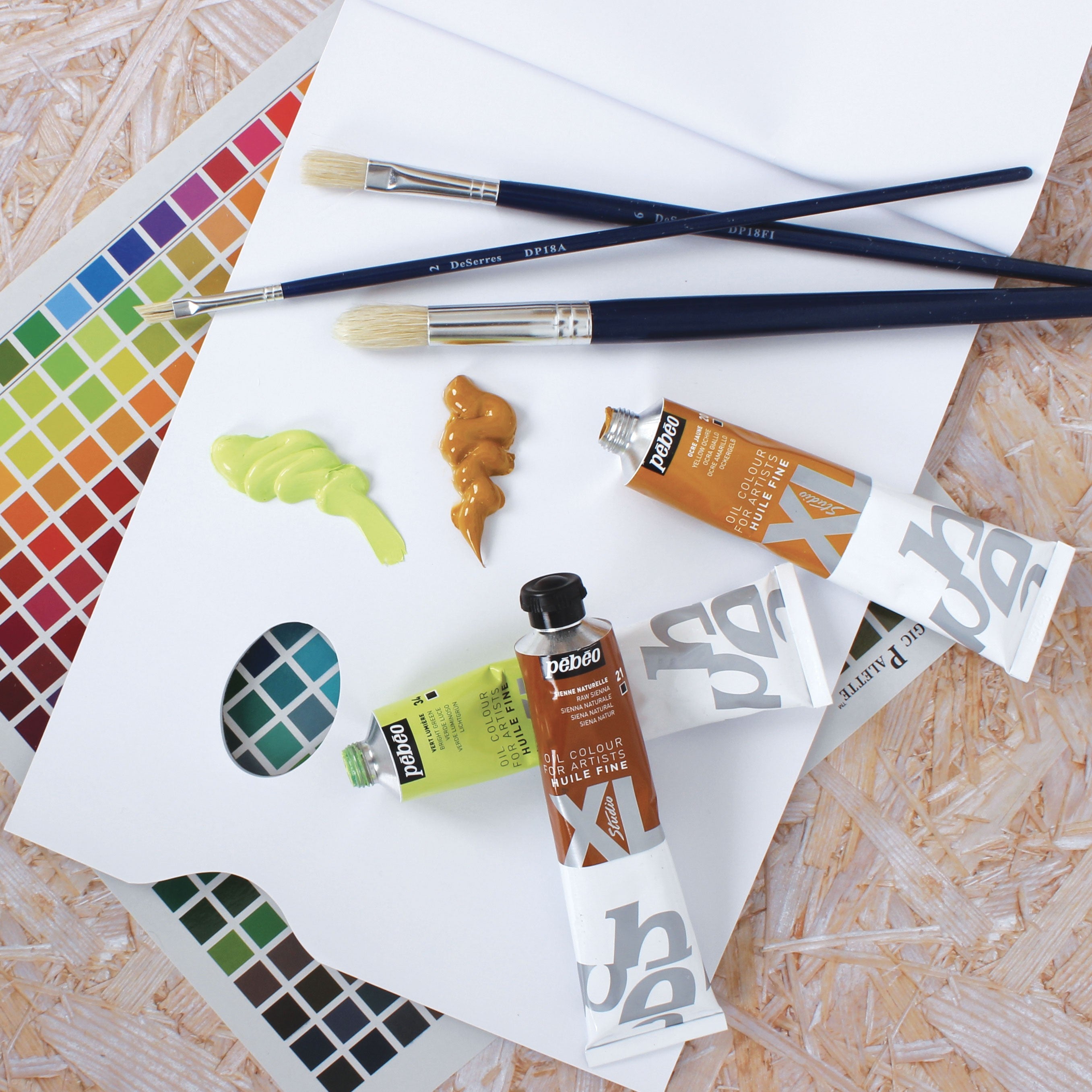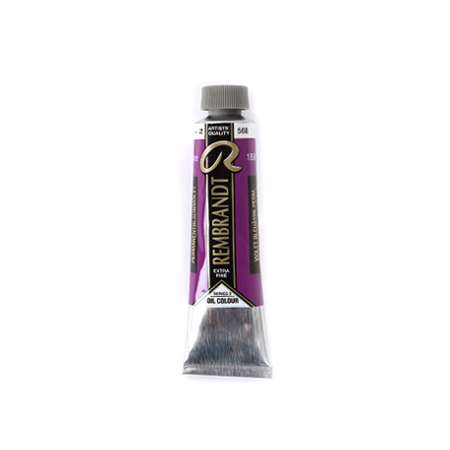Discover the 3 golden rules for oil painting.
MATERIALS:
- Oil paint
- Linseed oil and solvent
- Paintbrushes for oil painting
- Surface to paint
- Palette for mixing paint
- Spatulas
- Metal or glass containers
- Rags and gloves
INSTRUCTIONS:
Oil paint is usually worked in several coats, allowing each coat to dry (harden) before applying the next one. These golden rules prevent the appearance of cracks or "orange skin" when the paint dries.
Golden Rule #1 : "Fat Over Lean"
The “fat over lean” rule involves modifying the fat content of the paint between each layer. Always ensure that your new coat of paint has a higher oil (fat) content than the previous coat. This ensures that your first coats dry completely without cracking.
The oil makes the paint fat while the solvent makes it lean. Several mediums or additives can be added to the paint to change its drying time.
It's the amount of oil in the colour that determines whether it is fat or lean compared to other colours. Adding solvents dilutes the oil but does not remove it; over time the solvent will evaporate and the oil will remain.
The colour of the first coat is typically thinned with a solvent and, once it dries, the paint will become porous. Part of the oil from the subsequent layer will be absorbed through the pores of the initial layer. Then, layer after layer, the colour should be a bit more fatty (by adding oil or medium to the colour).
Tip: To help the paint adhere well and to dry without cracks, apply a thin base coat.
Golden Rule #2: "Thick on thin"
The “thick on thin” rule is to always create a new layer that is thicker than the previous one, given that thin layers dry more quickly. This way, you will avoid having very dry layers on top of layers that are still very wet.
Thin layers over thicker layers tend to crack. It is generally recommended to save impasto layers for last to prevent the paint from cracking.
Golden Rule #3: "Slow Drying over Fast Drying"
This rule implies using quick-drying colours for your first coats and slower-drying colours for your last coats.
If the drying time of the first layer is slower than that of subsequent layers, the drying process of the lower layer will cause the subsequent layer to move and crack.
Tip: Wait until the paint is completely dry before applying your next layer.
Tips on colour composition on canvas
Start with a white or coloured base coat. A white background will add sparkle to your colours, whereas a coloured background can bring out a certain tone, either warm or cool, light or dark.
Colour composition on canvas can be achieved by superimposing layers, starting with large areas of colour, then with shadows and highlights (depending on the subject), and ending with the most intense colours.
Cleaning oil paintbrushes
Brushes used with oil colours should be cleaned with great care. Paintbrush manufacturers recommend rinsing the brush with solvent, wiping it with a cloth, then cleaning it with soap and water, lathering it in the palm of your hand. Once the paint is removed, rinse the brush, shape its bristles, and let it air dry, handle down.
TIPS :
Cleaning oil paintbrushes
Brushes used with oil colours should be cleaned with great care. Paintbrush manufacturers recommend rinsing the brush with solvent, wiping it with a cloth, then cleaning it with soap and water, lathering it in the palm of your hand. Once the paint is removed, rinse the brush, shape its bristles, and let it air dry, handle down.





